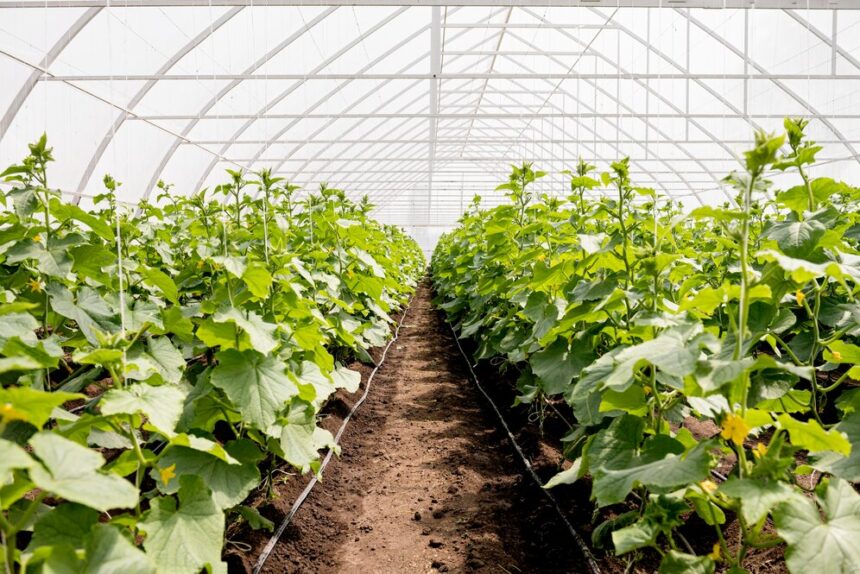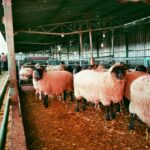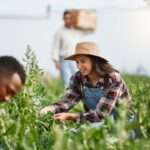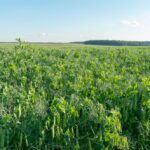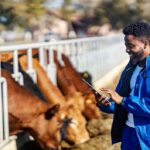The integration of the Internet of Things (IoT) into greenhouse farming is transforming agricultural practices worldwide. By utilizing real-time data and automation, farmers can optimize resource use, improve productivity, and increase profitability. Spain, particularly the Almería region, has successfully adopted IoT-driven greenhouse farming techniques, offering valuable insights for South African farmers looking to modernize their operations.
Spain’s IoT-Driven Greenhouse Success
Almería, known as the “Sea of Plastic” due to its vast network of greenhouses, has become a major agricultural powerhouse despite its arid climate. The region has embraced IoT technology to mitigate environmental challenges and enhance efficiency. Advanced sensor systems monitor environmental factors such as temperature, humidity, and soil conditions, providing real-time data to farmers. Automated systems adjust irrigation, ventilation, and nutrient supply to optimize plant growth while minimizing waste. The implementation of predictive analytics also helps estimate crop yields and streamline logistics, reducing inefficiencies and improving overall productivity.
Benefits of IoT in Greenhouse Farming
IoT adoption in greenhouse farming brings numerous advantages, including:
- Precision Farming: Smart sensors provide real-time insights into crop health, soil conditions, and weather patterns, allowing farmers to make data-driven decisions that improve yield and quality.
- Resource Efficiency: Automated irrigation and nutrient delivery systems ensure optimal use of water and fertilizers, reducing costs and environmental impact.
- Climate Resilience: IoT-enabled greenhouses can adjust environmental controls based on weather forecasts, helping farmers mitigate the risks of extreme weather events.
- Automation and Labor Efficiency: Automated pest control, irrigation, and fertilization reduce the need for manual labor while ensuring consistent crop management.
The State of IoT in South African Agriculture
While South Africa is gradually adopting IoT in agriculture, its implementation in greenhouse farming remains limited. Farmers face challenges such as high initial costs, lack of technical expertise, and inadequate digital infrastructure. However, IoT presents a significant opportunity to improve efficiency and productivity in the face of climate change and water scarcity.
Key Lessons for South African Farmers
By drawing inspiration from Spain’s success, South African farmers can take the following steps to integrate IoT into greenhouse farming effectively:
- Collaborate and Innovate: Form partnerships with technology providers, agricultural researchers, and policymakers to develop IoT solutions tailored to local conditions.
- Invest in Training and Skills Development: Educate farmers and agricultural workers on the operation and maintenance of IoT systems to ensure effective adoption and sustainability.
- Improve Digital Infrastructure: Advocate for better connectivity in rural areas to facilitate seamless data transmission and remote farm management.
- Start with Scalable Solutions: Implement IoT in small pilot projects before scaling up to larger operations, reducing financial risk and allowing gradual adaptation.
By embracing IoT technologies and learning from Spain’s advanced greenhouse farming strategies, South African farmers can boost productivity, enhance sustainability, and strengthen food security in the country. The transition may require investment and adaptation, but the long-term benefits of increased efficiency and resilience make it a worthwhile endeavor.
Join 'Farmers Mag' WhatsApp Channel
Get the latest Farming news and tips delivered straight to your WhatsApp
CLICK HERE TO JOIN
